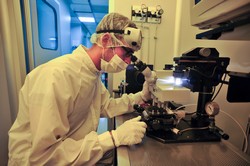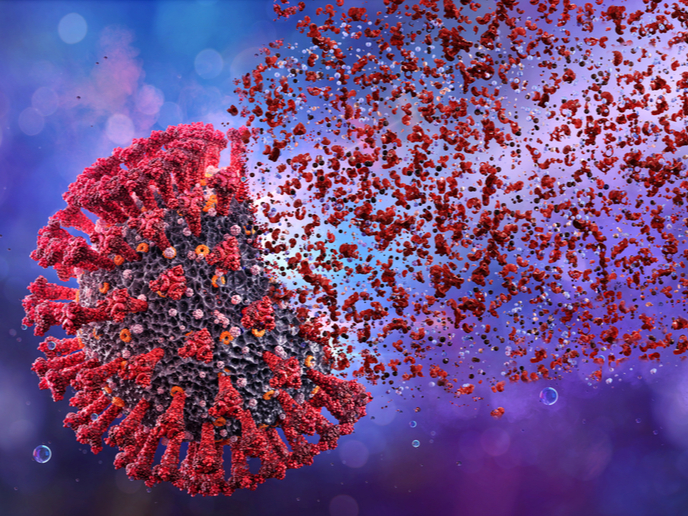Novel nanosystems for environmental and biomedical applications
Over the years, nanotechnology has contributed significantly towards the design and generation of biomedical, biotechnological and industrial systems including membranes, biosensors, and nanodevices. To further this progress, scientists specialised in the disciplines of chemistry, materials science, nanoscience and biology are required. The EU-funded DYNANO (Dynamic interactive nanosystems) network provided the expertise required for training the next generation of scientists in the field of interactive nanosystems for biomedical, biotechnological and environmental applications. The scientific activities of the project led to significant advances in the comprehension of molecular recognition and hierarchical self-assembly at various scales. Work focused on ligand/receptor interaction, and in particular, the association of sugars with protein or enzymes. Significant progress was also made in the identification and generation of novel dynamic platforms for multivalent recognition and enzyme inhibition. One of the biggest achievements of DYNANO was the generation of artificial water channels that could be used for desalination processes. The employed synthetic materials mimic the mechanisms of natural desalinators and could find application in the production of ultrapure water. Researchers also worked towards the development of novel controlled selection and separation processes. In this context, they produced marketable membranes for blood exosomes filtration as well as a specialised filtration system for depleting leukocytes of platelet concentrates with potential application in blood transfusion. New advances in the field of microarrays were made that could be exploited for diagnostic purposes. Scientists discovered new inhibitors of therapeutically relevant targets. For the first time, they identified the human epidermal growth factor receptor (EGFR) subjected to O-GlcNAcylation in carcinoma cells. These findings have potential applications for the treatment of cancer and infectious diseases. Taken together the results of the DYNANO project could find application in environmental sciences, biotechnology and biomedicine. Importantly, some of the newly developed nanoplatforms could be used as the basis for water desalination, drug-delivery systems, imaging and cancer theragnostics.







